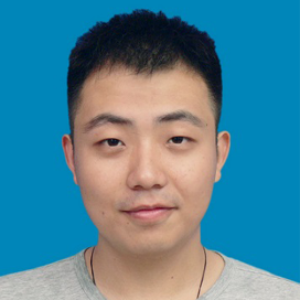Title : Room-temperature valley exciton modulation by surface plasmon interference
Abstract:
Exploiting extra degrees of freedom may extend the capacity of information carriers, which provides a hedge against Moore’s law in integrated chips. Quantum interference is a powerful approach to study the nano/molecular scale physics, chemistry and electronics. Manipulating valley electrons and photons in 2-dimensional van der Waals heterostructures has attracted numerous attentions. Previous reports based on direct excitation where the out-of-plane illumination projects a uniform single-mode light spot. However, because of the optical diffraction limit, the minimal spot size must be a few micrometres, which inhibits the precise manipulation and control of excitons at the nanoscale level. Meanwhile, direct irradiation introduced local heating which was destructive for probe materials. To solve these problems, we introduced the in-plane coherent surface plasmonic interference (SPI) field to remotely excite and modulate the valley states. Compared to the out-of-plane light, a uniform in-plane SPI field suggests a more compact spatial volume and an abundance of mode selections for a single or an array of device modulation. The valley degrees of freedom switching between ~±20% were observed experimentally in our achiral plasmonic waveguide-cavity geometry, which were triggered by the phased-controlled SPI field. In addition, the active regain can be compressed into few nanometres by embedding hexagonal boron nitride-tungsten disulphides-hexagonal boron nitride (hBN-WS2-hBN) heterostructure into a compact plasmonic nanogap nanocavity. This study was aimed at understanding the interaction between complex SPI modes with valley excitons and leading to a new class of optical valleytronic devices for the next generation of faster computing chips.
Audience take-away:
- Proposing remotely triggered method, which can modulate anisotropy valley response in an achiral waveguide geometry by a coherent in-plane illumination condition.
- Establishing a quasi-steady model to calculate the degree of valley polarization of PL emission according to local plasmonic mode distribution.
- Demonstrating a bottom-up fabrication strategy to design and construct the multi-layer heterostructure devices.


